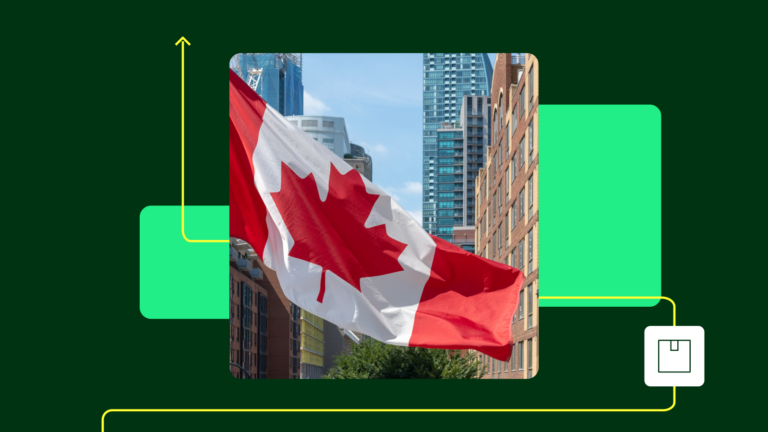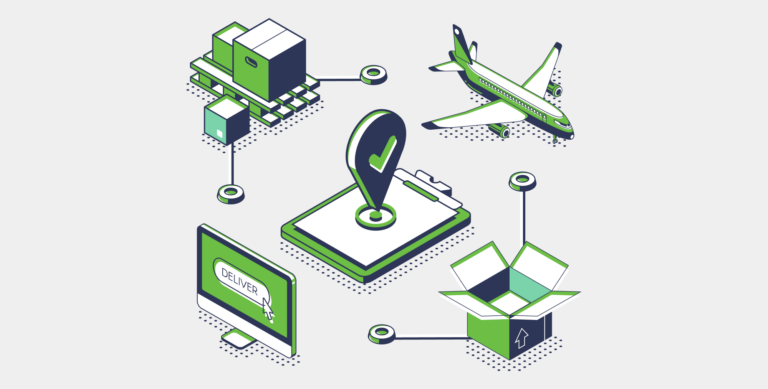What is the Best Social Media Network for Your Brand?

Navigating social media is often difficult, and with so many platforms to choose from, it is easy to feel like your brand is somewhat lost in the crowd. While yes, there is a definite need to differentiate yourself from the rest of the market, brand positioning is extremely important too – and choosing the right social media platform for that is key.
Though it may seem tempting, resist the urge to saturate every single social media platform with content in an effort to get noticed. This will not only hog up valuable time and resources, but a scattershot social media strategy will not really drive engagement. It is extremely important to identify the right platform for your brand.
How do you do that? Consider taking a look at examples, below, of ShipStation customers that have used the top 3 platforms for brand-building, and see which of these platforms make sense for your company to use.
1.Facebook
Facebook tends to be the most general of all the networks, mainly because of its vast user base (nearly three-quarters of American adults currently use it!) While this is great for general brand awareness, its large audience also means that too much content will get overlooked. Instead, use Facebook for its incredibly targeted ad service to create general awareness and overall promotion for your brand.
Facebook’s evenly-distributed demographics means that you will be able to gain some form of interest, and it tends to be a good source for overall traffic and testimonials. Use their events feature, coupled with their ads when you are hosting promotions, giveaways or other interesting events since that activity is easier to keep track of on that platform versus others.
For content on Facebook, try to keep captions short and post pictures more often rather than long-form articles. Photos and short text posts get far more engagement versus other forms of content. Research indicates that photo posts tend to get 120% more engagement, and text posts that are shorter than 250 words will get about 60% more engagement.
Austin, Texas-based Maggie Louise Confections, with 20,933 Facebook likes as of this writing, primarily uses its Facebook page to promote sales and events related to major holidays, quick text posts with eye-catching visuals to show new collections as well as general giveaways and promotions. Facebook is the perfect venue for its brand to give new and existing customers the full breadth and scope of what the company has to offer, while keeping it short and sweet (literally and figuratively).
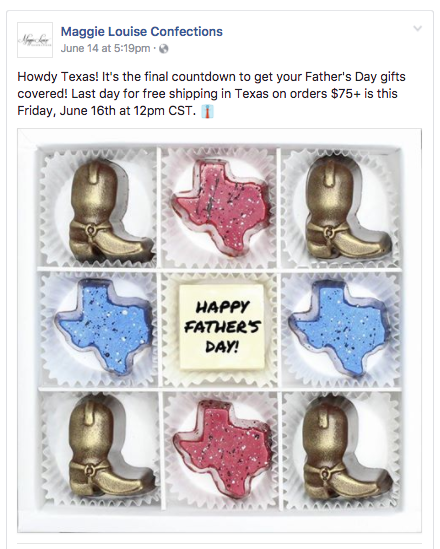
2. Instagram
A highly visual platform, this is the best platform to showcase the unique aesthetics of your business. Instagram also has an incredibly large user base, but engagement tends to be a little more selective on this platform versus others. If your target audience is millennials, then Instagram is the platform for your business.
Similar to Facebook, Instagram also has a highly targeted advertisement feature that is extremely useful. However, since the focus is on high-quality visuals, ads must be designed with that in mind. Instagram posts need to focus on showcasing the visual qualities of your brand in a compelling manner, which will require time and energy. However, the results definitely pay off – Instagram’s average user engagement rate far exceeds Facebook and Twitter.
Instagram is great for e-commerce businesses. The Cat Ball, a company based in Bellevue, Washington, with 29,600 Instagram followers at this writing, uses Instagram to showcase its product (a cat bed) by using great visuals of cats that subtly include the product. The best way to use Instagram is to not be overtly promotional. Instead, use visuals to highlight product features.
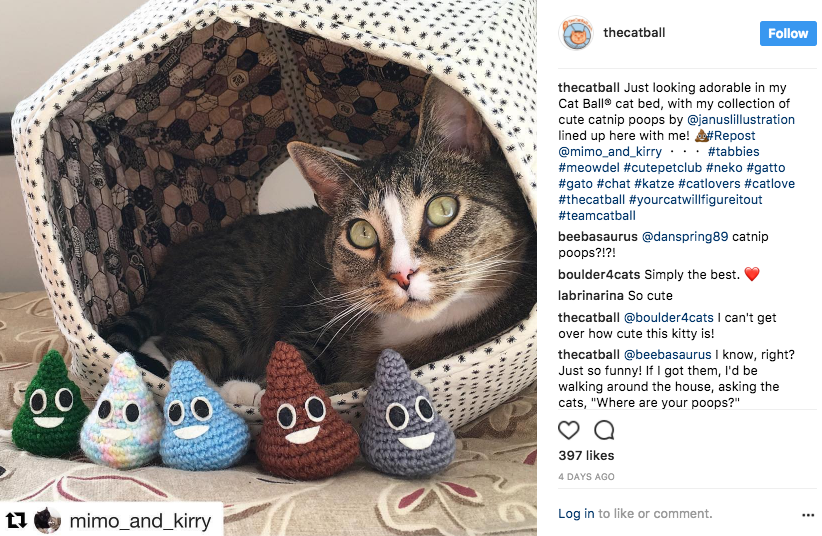
3. Twitter
A tweet may only be 140 characters long, but it will generate great results if used effectively. Twitter tends to be the most informational of the platforms, and less reliant on visuals. Instead, it is more effective to post important events about your brand – from flash sales, to new stock and other promotional news and events. It is also great as a customer service tool – many brands use Twitter to answer questions and provide quick customer service if necessary.
Twitter has an integrated ‘buy now’ button, and also has a robust advertisement feature that can be used. However, its main usage should be as a line of direct communication with your audience. It can also be used as a platform to communicate thought leadership by posting about industry trends, and new developments.
Companies such as Sherwood, Oregon-based HoopSwagg, with 14,200 Twitter followers at this writing, use Twitter to promote new items, giveaways, and other quick brand updates. Since this content is mixed in with other posts that help customers learn more about the company, it provides a multi-dimensional approach to engaging with existing and potential customers.
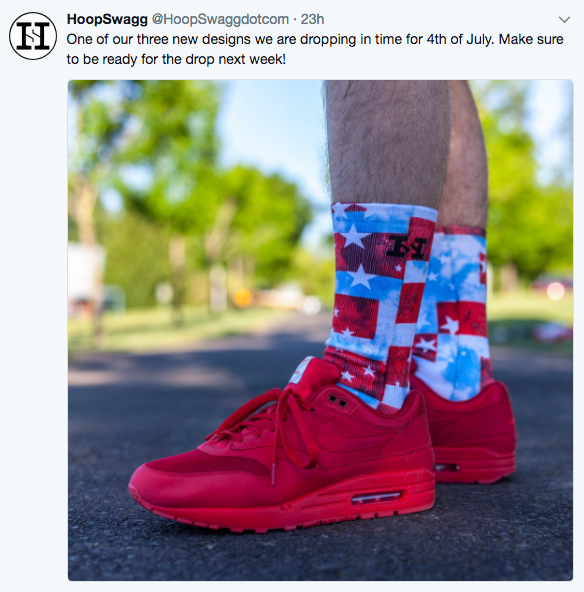
These are only three of the (many) platforms that exist for social media. LinkedIn, Pinterest, Google+ and more are also viable social networks, but tend to cater to a more niche audience. Twitter, Facebook and Instagram are good social media networks to start on, and then slowly expand to others if needed. Finding the right platform for your brand may take some time, patience, and experimentation, but will yield great results.
Start your free trial of ShipStation today!
